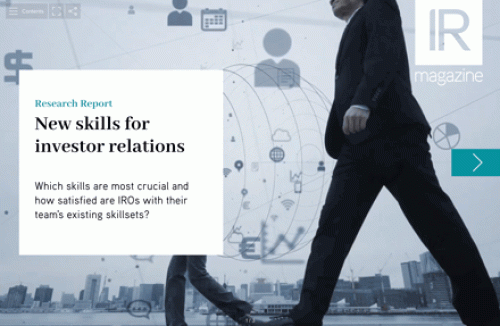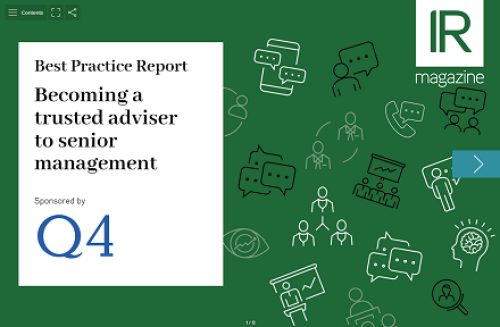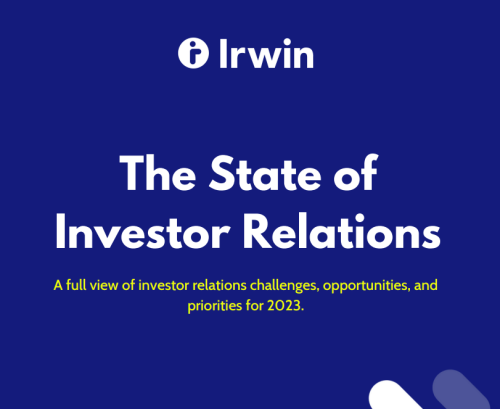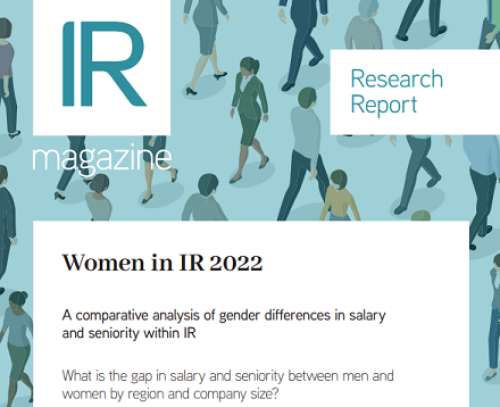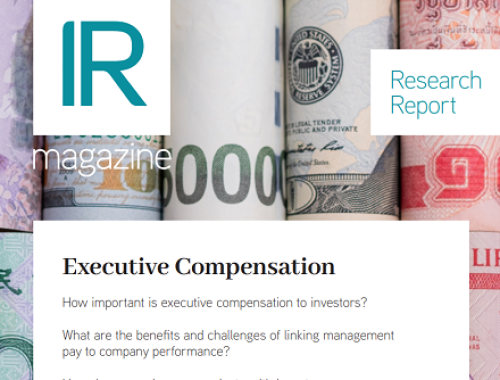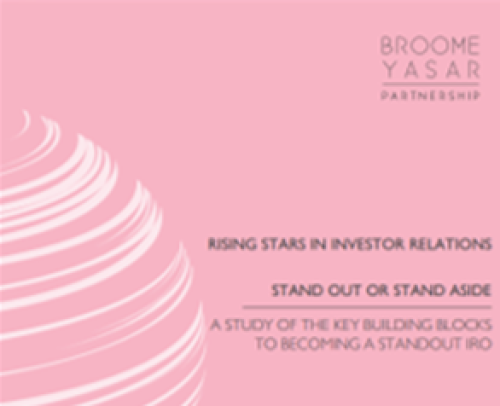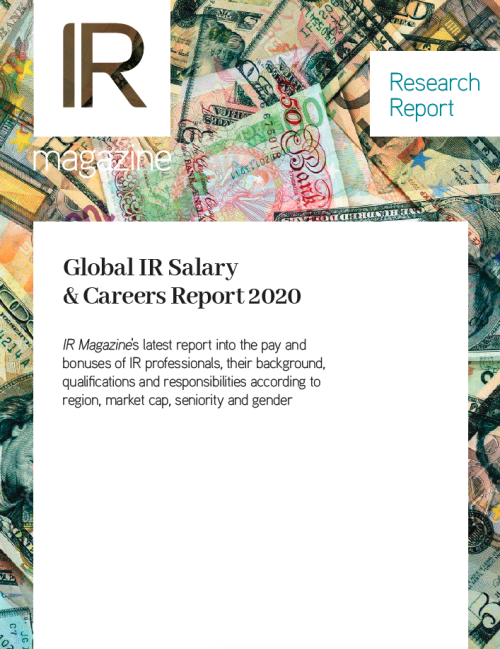IR teams today have a strong focus on sustainability. But should sustainability teams be more focused on IR? That’s the thinking at British American Tobacco (BAT), the FTSE 100 constituent, where William Houston works as head of investor sustainability.
‘The one-liner would be: it’s trying to ensure the sustainability work we do inside BAT delivers what investors require,’ Houston tells IR Magazine.
Houston joined BAT as an IR manager in 2020, following stints on the buy side and sell side covering consumer goods.
Then, last September, Mike Nightingale, formerly BAT’s head of IR, became the company’s first chief sustainability officer (CSO). Houston followed a few months later, switching from IR to the sustainability team in December.
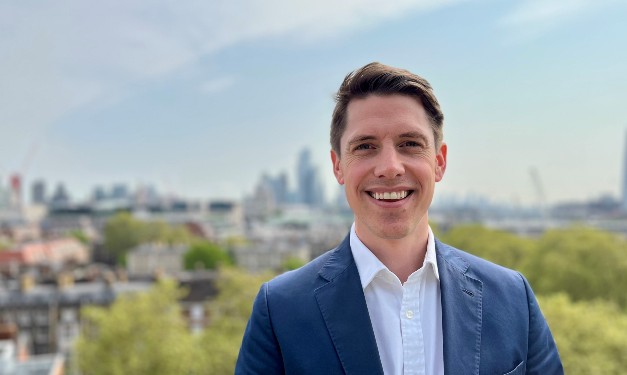
His current role has many similarities to an IR position, but with the tasks replicated for sustainability information. The responsibilities include organizing investor engagement, such as ESG roadshows and capital markets days.
There is also a strong focus on reporting and communications: he owns the sustainability information in the half and full-year results, and offers an investor lens on the ESG content in the annual report.
In another parallel with IR, Houston helps support the overall sustainability strategy. ‘Through the meetings, you learn what investors are particularly focused on,’ he says. ‘And then you can feed that back into the business to help ensure we’re targeting our activities internally on what really matters.’
Growing focus
Houston’s focus on sustainability has grown throughout his career. After studying economics, he began his career as a sell-side analyst at UBS, where he worked under Eva Quiroga, now deputy director of IR at L’Oreal.
Four years later, he moved to Redburn Partners, an independent research house, where the output was longer, more in-depth reports. Working on the sell side provided a great background and skillset for IR, he notes. But it’s here that Houston’s background departs from the more common routes into IR.
He was hired as a portfolio manager for Norges Bank Investment Management (NBIM), which manages Norway’s huge $1.4 tn sovereign wealth fund. At NBIM, he broadened his coverage, spending more time on the US market and sectors like animal protein and agricultural ingredients. Crucially, he also focused more on sustainability issues.
The fund has a ‘big ESG focus,’ says Houston. ‘It meant that, as I moved across into IR, I kept more of that ESG focus and it was natural for me to lead on the ESG stuff within the team.’
Keen to experience how a business works from the inside, Houston joined BAT three and a half years ago. Initially, he spent around 20 percent of his time on ESG issues, but that quickly grew to more than 80 percent. ‘As the CSO role was formed, it was natural that I went from the sustainability side of IR to the IR side of sustainability,’ he says.’
Now part of the sustainability team, Houston says he still collaborates closely with his former department. ‘I’ll own more the relationship with the sustainability professionals and the IR team will own more the relationship with the investment professionals – that’s tended to be how we do it,’ he says. ‘As you would expect, however, we see more and more of those meetings combined.’
While Houston already has an impressive CV, he recently enhanced it further by qualifying as an accountant, a project he undertook in his spare time. He began studying when he moved into IR to support his involvement with the finance team, but continued with the course even after switching to sustainability.
‘It’s clear that ESG data is becoming a lot more like financial data,’ he says. ‘I thought the [Institute of Chartered Accountants in England and Wales’] ACA qualification was a really helpful tool for me to have during that process.’
Investor demands
Houston says it’s hard to generalize about how investors want to receive sustainability information, but the overall direction of travel is for more of everything. ‘Generally, we’re seeing more demand for sustainability information, more demand for meetings, more demand for color and context about what we’re doing,’ he says.
Engagements with smaller investors that don’t have their own sustainability teams may still be high level, notes Houston. At the other end of the spectrum, however, the deeper dives are getting deeper.
‘You’ll have one or two hours on one specific material topic,’ he explains. ‘Clearly, when you’re going to that depth, you change who you bring to the meeting. We’ll have our subject matter experts join. They will have a much more technical interaction to help show the progress we’re making on the topic and how we’re committed to driving change, and try to show leadership in key areas.’
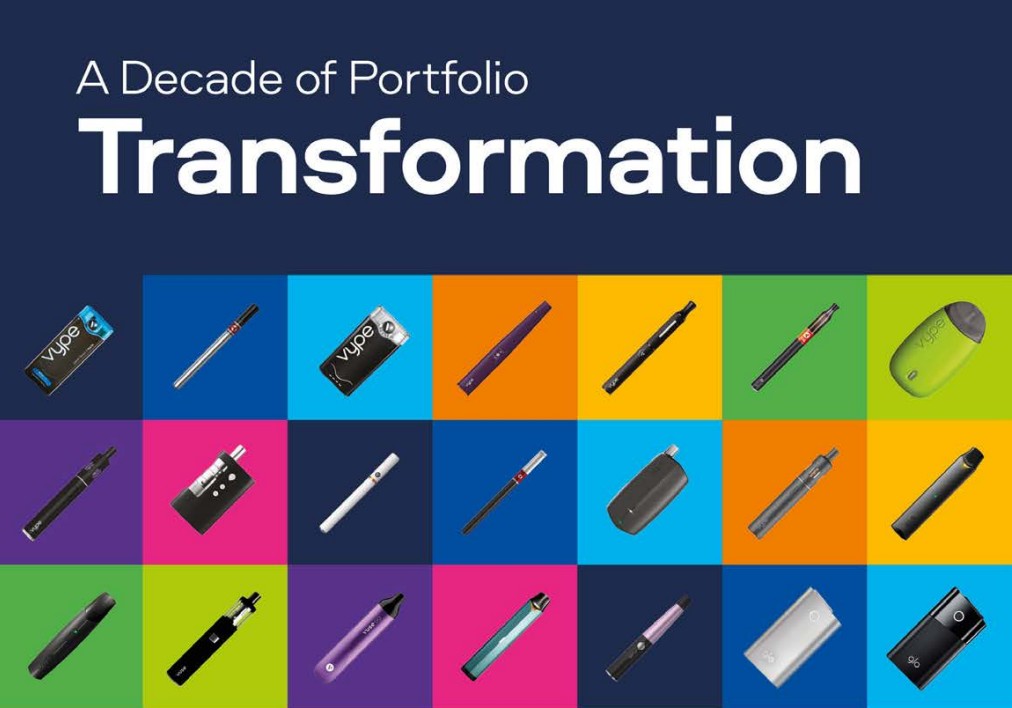
Houston says BAT is also trying to be more proactive in how it communicates around sustainability with investors.
‘In the past, potentially, it’s been a little bit more reactive,’ he explains. ‘Again, we’re trying to focus on the material topics that matter most to given investors. We’ve got 11 material topics. Generally, investors will be particularly focused on between one and three of those. And they won’t always be the same from investor to investor. We’re trying to be very mindful of engaging more proactively with investors on the topics that matter most to them.’
Sustainability information is also delivered in a number of different formats. BAT has a databook, thematic reports covering human rights and a 55-slide presentation called ‘What ESG means at BAT’.
The annual report, meanwhile, features an ESG scorecard that shows all the company’s key material topics, along with related metrics, three-year historical performance (where available) and a color-coded progress indicator. The overall aim is that ‘everything becomes like financial information,’ says Houston.
Top challenges
One of the main challenges for all sustainability teams right now is keeping up with new regulation and reporting guidelines.
In June, the International Sustainability Standards Board finalized its first set of disclosure standards, which are set to form the basis for many national reporting requirements, including in the UK.
A month later, the European Commission adopted the European Sustainability Reporting Standards (ESRS), which take a double-materiality approach to reporting.
Companies subject to the Corporate Sustainability Reporting Directive (CSRD) must follow the rules. This includes an estimated 11,000 companies based outside the EU that meet certain criteria, including BAT.
Non-EU companies won’t need to report under ESRS until 2028, but BAT is already well ahead of the game. For its 2022 combined annual and ESG report, it conducted a materiality assessment following ESRS guidance.
The outcome saw BAT identify 11 key topics, with ‘harm reduction’, ‘climate change’ and ‘circular economy’ considered the most important.
Taking a double-materiality approach has proved useful as a tool both internally and externally, says Houston. ‘Internally, it’s allowed us to really focus on what’s most important to the business and try to drive change in management time, focus and resources around key material topics,’ he says.
‘It’s also helped with investors, where we’re able to show [which] topics are important to us. It’s enabled us to group the topics around fewer, bigger things, so we can communicate around those items more effectively.’
For Houston, another key challenge – and one of the motivations behind completing his ACA – is the move toward assurance of sustainability information. The EU has required limited assurance of all information reported under ESRS and is developing a pathway to reasonable assurance over the long term.
New reporting rules are driving a ‘huge change in how we have to perform as a business, how we collect data [and] the governance around that data,’ says Houston, adding that BAT is in a ‘strong position’ when it comes to reporting and assurance.
‘We have limited assurance on 45 metrics. And we’re well on our way to reasonable assurance on some of the metrics. So we’re on that journey, clearly. But it doesn’t diminish the challenge that’s in front of all companies.’
Sustainability and tobacco
Not all investors, however, give BAT the chance to show the progress it is making on sustainability issues. As a tobacco company, it appears on many exclusion lists, including the one maintained by Houston’s former employer NBIM. So how does he feel about working in sustainability at a tobacco producer?
‘Every company has to drive progress on its key sustainability areas, and BAT is no different,’ he says. ‘We have to focus on these topics, and we have to drive change against them… There are more than 1.1 bn smokers globally. You need large companies like BAT to be delivering change in those industries.’
In addition, it’s important that investors ‘understand the journey’ the company is on, he says, noting that 17 percent of the business is now focused on ‘reduced-risk products’.
The key point, both for investors and employees, is whether the business is ‘really committed’ to change, says Houston: ‘I think that’s really the key question one has to ask oneself. I feel very comfortable and confident that BAT is committed to change and is investing resources in it.’
Career advice
What advice would Houston give to IROs who want to increase their focus on sustainability? He suggests three interlinked areas.
‘The first would be: don’t be embarrassed to get involved, even if you don’t think you have the knowledge,’ he says. ‘This is an area where things are moving incredibly quickly. I’m learning a huge amount day by day. I’m getting corrected in meetings because the world has changed.
‘You have to be very comfortable with that change and with the knowledge that’s coming through… But, as you do get involved, you’ve got to really lean into educating yourself.’
The second point, says Houston, is not to assume that others are picking up this topic internally. Areas like sustainability and regulation can ‘easily fall between two stools,’ he explains. ‘There can be an opportunity to grasp it and really run with it.’
Finally, Houston reminds IROs to check whether their business is subject to the CSRD. ‘If you’ve got a large entity in Europe, it’s worth checking whether that entity is subject to CSRD or not,’ he says.
‘Because if it is, there’s a huge amount of work to do. Overall, though, it’s a very exciting area to be in. It’s very fast-changing, and it’s only going to get more important to the strategy and overall delivery of your business.’
Reflecting on the switch to his new role, he describes working in sustainability as ‘a bit of a mental hurdle’ from IR. ‘In the IR world, you’re almost expected to have an answer for everything,’ he says. ‘Whereas in the sustainability world, it’s so broad and deep, there’s no way you can have an answer for everything.’

